Menu
Trees are valuable to our homes and environment, providing oxygen, shade, and aesthetic appeal. However, trees can suffer from various health issues like other living organisms, prompting the expertise of a professional tree care company. At the Driscoll Tree Service, we leverage extensive knowledge and experience to identify the symptoms of an unhealthy tree before they escalate. If you suspect a problem in your backyard, schedule an inspection with certified arborists to ensure minor issues get out of hand. Here are eight common signs that show a tree in distress.
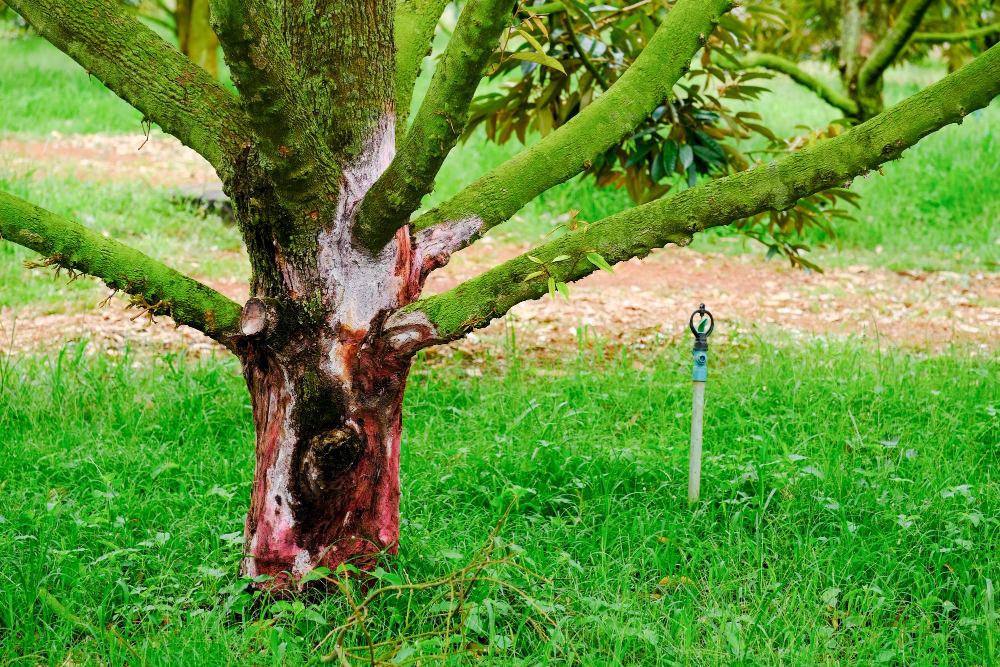
The most noticeable symptom of an unhealthy tree is the discoloration of its leaves. Healthy leaves are usually vibrant green, but when a tree is under stress, its leaves may turn yellow, brown, or even black. Discolored leaves can show several problems, including nutrient deficiencies, diseases, or root issues. As a reputable tree care company, we can diagnose the cause and recommend effective treatment options to mitigate a recurrence.
A healthy and full canopy is a sign of a healthy tree. However, an unhealthy tree may show a thinning canopy with gaps or bare branches. This is often a result of insufficient sunlight, pest infestations, or diseases that weaken the tree’s ability to produce leaves. A sparse canopy reduces the tree’s beauty, showing an underlying issue that requires attention. Once you notice thinning along the top, call a trusted tree service to inspect, diagnose, and address the problem.
Dead or dying branches are signs of severe health deterioration. If you notice brittle branches that don’t have leaves, it might be time to hire an expert. Damaged limbs pose a safety hazard, as they can fall and cause damage or injury. Tree service providers can assess the severity of damage to determine effective solutions, like pruning or tree removal.
A tree’s bark is a protective armor, shielding it from pests, diseases, and environmental stressors. If you notice wounds, cracks, or peeling bark on your tree, schedule an inspection with professional arborists. Bark damage increases susceptibility to pests and diseases, compromising its overall health. Once you notice bark issues, address the problem quickly to prevent further damage. The last thing you want is a dying or dead tree on your premises, risking the well-being of other trees and the quality of your premises.
Fungal growth on a tree’s trunk or branches is a telltale sign of poor tree health. Fungi thrive on weak or dead wood, often appearing as mushrooms or conks. These organisms can cause extensive damage by affecting the tree’s structural integrity. While fungal growth is not a significant cause for concern initially, identifying and treating the underlying issue causing fungal growth is essential to preserve the tree’s vitality.
Healthy trees should have steady growth, with new branches and foliage yearly. When a tree doesn’t reach its expected height or size, it shows an underlying problem. This may result from factors such as poor soil quality, nutrient deficiencies, or root damage hindering a tree’s growth. Consult a tree service provider to address these issues and ensure your tree thrives.
Although deciduous trees naturally shed their leaves in the fall, excessive leaf drop or premature leaf loss at other times of the year is a cause for concern. Common stressors like drought, disease, or insect infestations can prematurely cause a tree to shed leaves. The best way to avoid such problems is by monitoring the timing and extent of leaf loss to provide valuable insights into the tree’s health.

Sucker growth refers to the emergence of twig-like shoots at the base of the tree or along its branches. These shoots often respond to stress, injury, or root issues. While they may seem harmless, suckers divert valuable resources away from the tree’s primary structure and can exacerbate its health problems. Pruning or removing suckers is essential to promote the tree’s recovery.
Trees are essential to our natural environment, and their health is vital. Recognizing the symptoms of an unhealthy tree is the first step in preserving its vitality and preventing potential hazards. Contact us at the Driscoll Tree Service for regular inspections and timely interventions like tree removal to maintain the beauty in our surroundings.
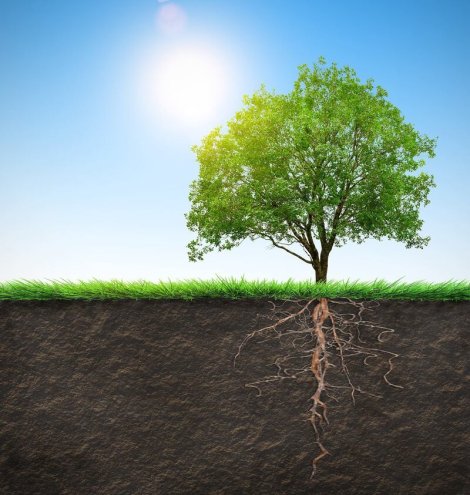
Tree Root Problems Trees are more than towering structures of bark and leaves; their roots play a crucial role in their overall health and vitality. Tree roots serve several vital functions, including extracting nutrients and water from the soil, storing…
Read More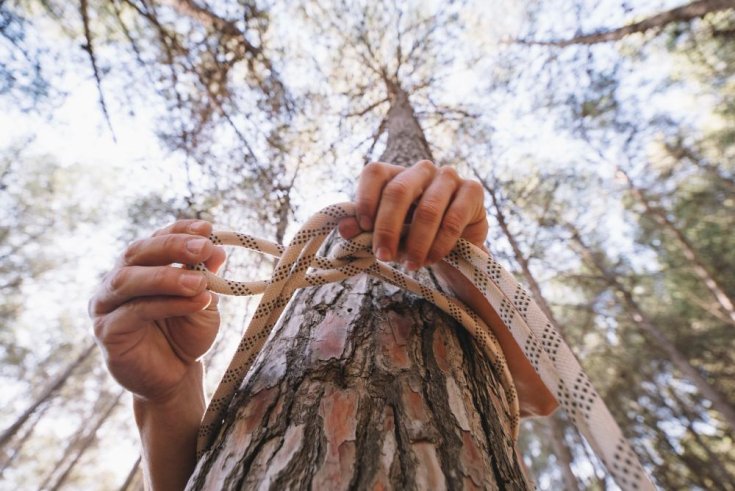
What is Tree Cabling? Trees are vital to our environment, providing shade, beauty, and ecological benefits. However, sometimes trees develop structural weaknesses that cause dangerous situations or loss premature tree removal emergencies. With that in mind, tree cabling allows property…
Read More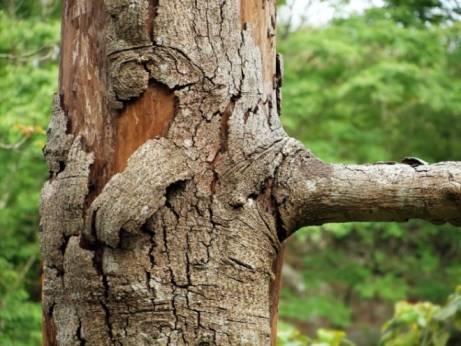
Spotting the Signs of Common Tree Diseases in 2022 Even the healthiest of trees can become damaged due to invasive pests and plant diseases. Such issues need to be tackled very quickly. Otherwise, the affected trees can die, spreading the…
Read More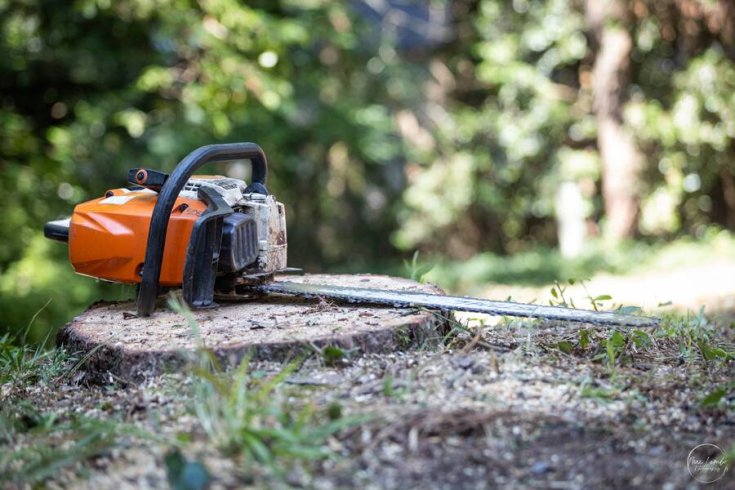
If you’ve ever stood in your yard and looked up at a big ole tree, then you know the mix of feelings it can stir. On one hand, that tree has probably given your home shade, beauty, and maybe even…
Read More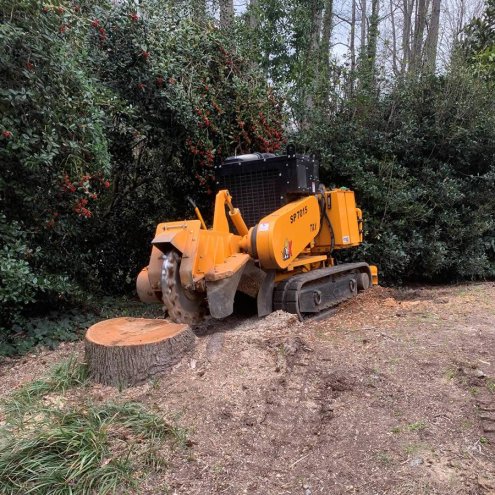
Why Stump Grinding Is an Important Part of Tree Removal We hate to see a tree go. Most homeowners do. After all, trees offer shade, privacy, and character to a yard; some even give us delicious fruit. So, taking one…
Read More
4 Ways to Fill the Empty Space Where a Tree Was When a tree is removed from your yard, it can leave a space that can be challenging to fill. Fortunately, various creative and functional ways exist to fill that…
Read More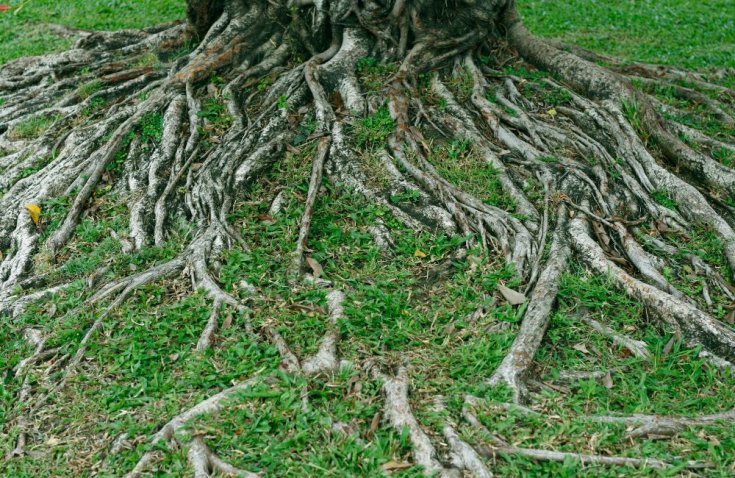
Caring for Your Tree’s Roots Planting a tree is a long-term investment, as most trees take several years to grow to their potential. While there are many ways to maintain maximum health, such as tree pruning and trimming, managing its…
Read More
Tree Removals for Pool Construction Installing a pool in your backyard is an exciting project, especially when you have countless hours of relaxation, fun, and exercise to look forward to. However, the journey from planning to the first swim often…
Read More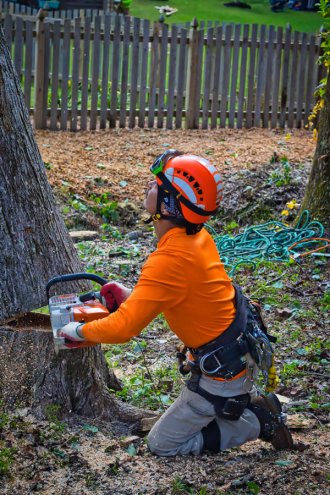
Professional Tree Service vs. Handyman Large green trees are a valuable addition to any landscape. Healthy trees enhance the overall curb appeal and property value, purify the air, and attract wildlife. Routine maintenance is vital to ensure your trees grow…
Read More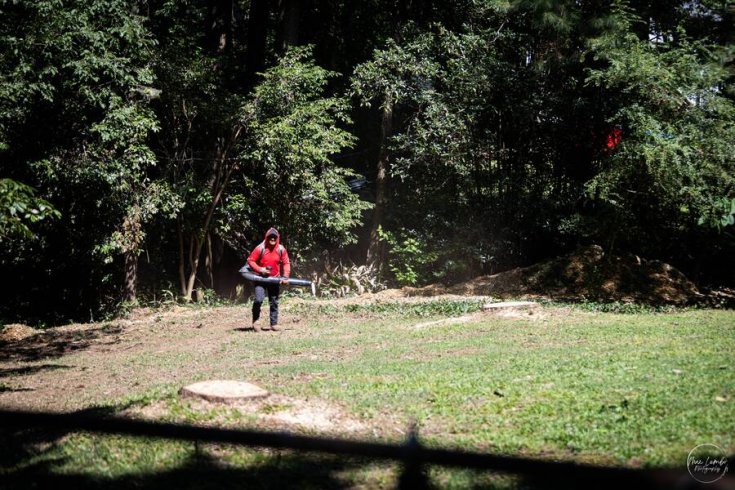
Trees are more than just pretty ornaments on your yard. They provide shade, improve air quality, and some even produce fruit. A healthy oak or maple can transform a simple lot into a welcoming landscape, and a well-placed magnolia can…
Read More